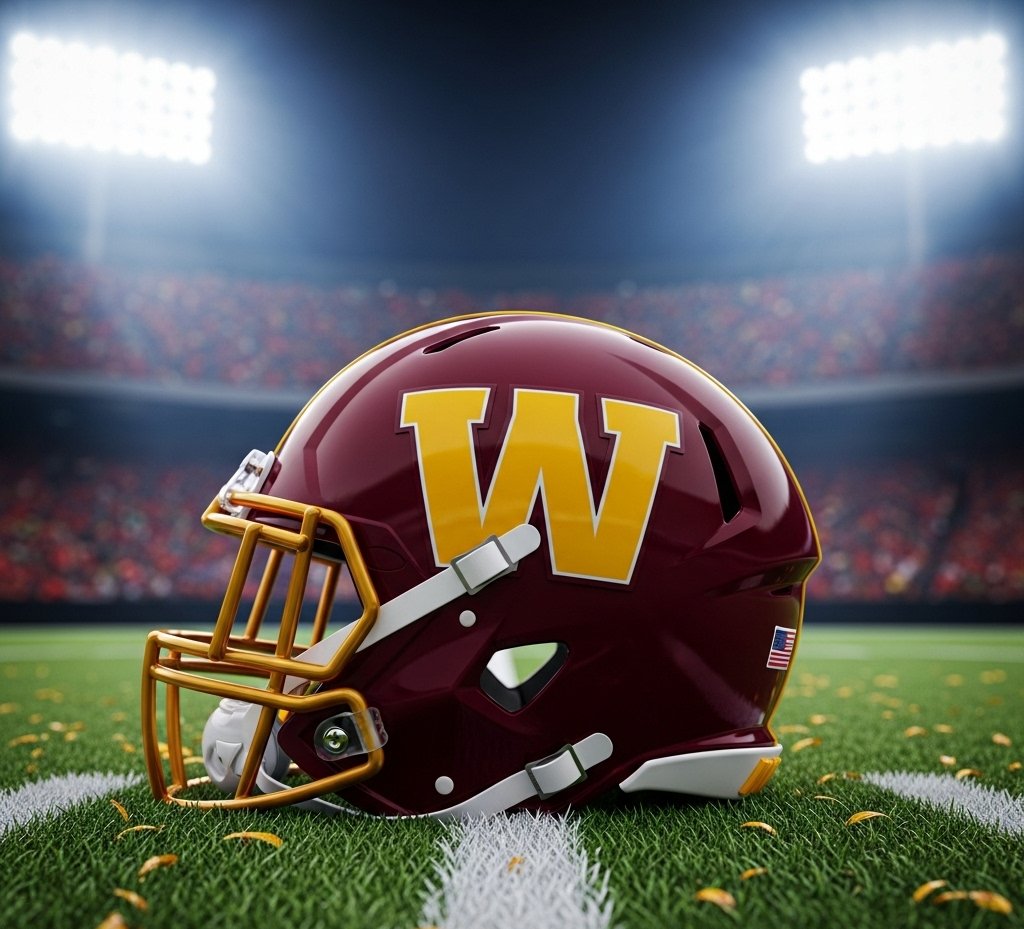Logos in sports are far more than just designs — they are emblems of pride, heritage, and cultural identity. For the Washington Football Team, the logo has been one of the most debated, discussed, and evolved symbols in the NFL. From its origins to its rebranding, the story of the Washington Football Team logo is one of history, change, and resilience.
This article takes you on a complete journey, exploring the legacy of the logo, the reasons behind its transformation, and what it represents for players, fans, and the league.
The Early History of the Washington Football Team Logo
The team’s identity has always been closely tied to its logo. For decades, the Washington franchise was represented by a Native American-inspired emblem, introduced in 1937 when the team relocated to the nation’s capital.
That design featured:
A detailed profile of a Native American with feathers.
Bold maroon and gold colors, which remain key identifiers today.
Strong cultural symbolism, intended at the time to convey bravery and strength.
For generations, this image was synonymous with Washington football. However, cultural shifts and evolving perspectives on representation brought scrutiny to the logo.
The Controversy Surrounding the Logo
Beginning in the 1970s and growing louder in the 1990s and 2000s, activists, Native American groups, and fans debated whether the team’s name and logo were offensive. While some argued that the imagery honored Native Americans, others insisted it perpetuated stereotypes.
The logo became not only a sports symbol but a cultural debate. By the late 2010s, social and corporate pressure pushed the franchise to reconsider its identity.
The Rebrand: Transition to the Washington Football Team
In July 2020, the team officially retired its long-standing name and Native American logo. For the 2020 and 2021 seasons, the franchise adopted the placeholder name “Washington Football Team.”
The logo during this period was deliberately minimal:
A bold “W” in gold, on a burgundy background.
Clean, modern typography.
A design meant to emphasize simplicity and a fresh start.
This temporary identity gave the team time to reimagine its future while stepping away from the controversial past.
Design Elements of the Washington Football Team Logo
Even though the “W” logo was simple, it carried significance:
Color Scheme – Burgundy and gold remained central, preserving continuity with the franchise’s long history.
Typography – Clean, block-style lettering projected strength and modern professionalism.
Versatility – The “W” could be used on helmets, merchandise, and media, fitting smoothly into various branding needs.
The logo represented a bridge — holding onto tradition while signaling a new era.
Fan Reactions to the New Logo
Fan response was mixed:
Supporters appreciated the modern look and the step away from controversial imagery.
Critics felt it lacked character or uniqueness compared to iconic NFL logos.
Collectors rushed to grab merchandise, knowing the Washington Football Team identity might be short-lived.
The “W” became a talking point across the league, sparking discussions about tradition versus progress.
The Role of Logos in Team Identity
To understand the importance of the Washington Football Team logo, it helps to look at the bigger picture:
Recognition – A logo is often the first thing fans and rivals see.
Merchandise – Jerseys, hats, and memorabilia rely on the strength of a logo.
Tradition – Logos carry decades of memories, from championships to heartbreaks.
Unity – Fans rally behind a symbol that represents more than just a game.
For Washington, the shift in logo highlighted how deeply intertwined sports branding and culture can be.
Transition to a Permanent Identity
In early 2022, the franchise unveiled its new permanent name: the Washington Commanders. With that came a redesigned logo:
A sleeker, updated “W.”
Elements honoring the city’s military and patriotic ties.
A brand identity intended to unify fans under a modern, respectful image.
While the Washington Football Team logo was short-lived, it played a crucial role as the bridge between eras.
Cultural Impact of the Logo Change
The change in logo went beyond sports. It became a national conversation about representation, cultural sensitivity, and the evolving role of tradition in modern society.
For some fans – The loss of the original logo marked the end of an era.
For others – The change symbolized progress and inclusivity.
For the NFL – It became a blueprint for how franchises might handle branding controversies in the future.
The Washington Football Team logo remains a reminder of how sports organizations can adapt to cultural shifts while still honoring their legacy.
Collectibility of the Washington Football Team Logo
Because the identity only lasted two seasons, merchandise featuring the Washington Football Team logo has become a collectible. Items such as jerseys, hats, and helmets with the temporary logo now hold nostalgic and historic value.
Collectors recognize it as a unique chapter in NFL history — a transitional symbol that fans will remember for decades.
The Future of Washington Logos
Now that the Commanders have established their brand, the Washington Football Team logo is part of history. Still, its brief presence reminds fans of:
The power of symbols in shaping identity.
The importance of listening to community and cultural voices.
How teams can reinvent themselves while staying rooted in tradition.
Conclusion
The Washington Football Team logo represents one of the most unique and transformative chapters in NFL history. From decades of tradition to cultural debates and eventual rebranding, the logo’s journey reflects the intersection of sports, culture, and identity.
While it may have been a temporary symbol, it carried great significance — bridging the franchise from its past into its future as the Washington Commanders. For fans, players, and the league, it remains a powerful reminder that logos are more than images. They are stories, traditions, and symbols of belonging.

